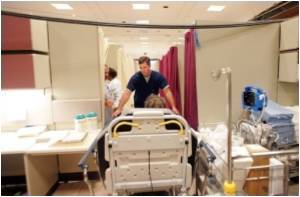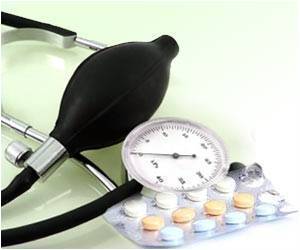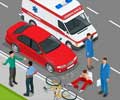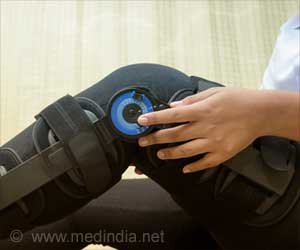With increasing medical care costs, policymakers have turned to emergency department utilization as a potential source for cost savings, according to a study in the March 20 issue of JAMA.

"One approach aimed at reducing ED use has been to deny or limit payment if the patient's diagnosis on discharge from the ED appears to reflect a 'nonemergency' condition. For this approach to be effective at reducing nonemergency ED use without discouraging ED use for more serious conditions, it would be necessary to predict discharge diagnosis based on information available before the patient is seen in the ED-i.e., based on presenting symptoms. Many have questioned whether this approach is possible."
Maria C. Raven, M.D., M.P.H., M.Sc., of the University of California, San Francisco, and colleagues conducted a study to determine the association between ED presenting complaint and ED discharge diagnosis. The researchers applied the New York University emergency department algorithm to publicly available ED visit data from the 2009 National Hospital Ambulatory Medical Care Survey (NHAMCS) for the purpose of identifying all "primary care-treatable" visits. This algorithm has been commonly used to identify nonemergency ED visits. The 2009 NHAMCS data set contains 34,942 records, each representing a unique ED visit. For each visit with a discharge diagnosis classified as primary care treatable, the authors identified the chief complaint. To determine whether these chief complaints correspond to nonemergency ED visits, all ED visits were examined with this same group of chief complaints to ascertain the ED course, final disposition, and discharge diagnoses.
Of the 34,942 ED visits included in the study, an estimated 6.3 percent had primary care-treatable diagnoses based on the ED discharge diagnosis and modification of the algorithm. "However, the presenting complaints associated with the ED visits (i.e., nonemergency complaints) were also the presenting complaints for 88.7 percent of all ED visits, reflecting poor correspondence between ED discharge diagnosis and chief complaint. These findings were similar for age-stratified subgroups," the authors write.
Of the ED visits for chief complaints that were identical to chief complaints generated by the group of ED visits with primary care-treatable diagnoses, 11.1 percent had been triaged as needing immediate or emergency care. In addition, 79.7 percent of patients had at least 1 abnormal triage vital sign recorded, with the most common vital sign abnormalities being respiratory rate and blood pressure.
"Regarding disposition of patients with nonemergency-complaint ED visits, 12.5 percent were admitted to the hospital. Of admitted patients, 11.2 percent were admitted to a critical care unit, 22.9 percent required step-down or telemetry monitoring, 3.4 percent required the operating room, and 7.0 percent were admitted to an observation unit," the researchers write. For patients with nonemergency-complaint ED visits, the 3 most common diagnoses identified were abdominal pain, unspecified site, acute respiratory infection, and chest pain, unspecified.
"These results highlight the flaws of a conceptual framework that fails to distinguish between information available at arrival in the ED and information available at discharge from the ED. The results call into question reimbursement policies that deny or limit payment based on discharge diagnosis. Attempting to discourage patients from using the ED based on the likelihood that they would have nonemergency diagnoses risks sending away patients who require emergency care. The majority of Medicaid patients, who stand to be disproportionately affected by such policies, visit the ED for urgent or more serious problems."
"Trying to discern low-acuity conditions and putting up barriers to receiving care or denying payment after receiving care will work no better in future generations than in the past. Attention should be redirected away from penalizing patients, physicians, or hospitals when a condition turns out to be minor. Instead, the emphasis should be on integration across sites of care, especially for the most complex and most expensive patients. Such initiatives are developing in many regions, but are not yet the norm. This is perhaps something of a new approach, especially for emergency caregivers whose primary focus is currently on diagnosis and treatment of the immediate issue in question, not assessment and guidance of the long-term use and care coordination. The ED needs to become a willing and able partner in this regard. It is not the low-acuity visits contributing to the national cost crisis, but the high-acuity ones. Fortunately, many high-acuity visits are often preventable. Better coordination across services will help the U.S. health care system achieve more cost-effective and high-quality outcomes."
Source-Newswise
 MEDINDIA
MEDINDIA




 Email
Email







